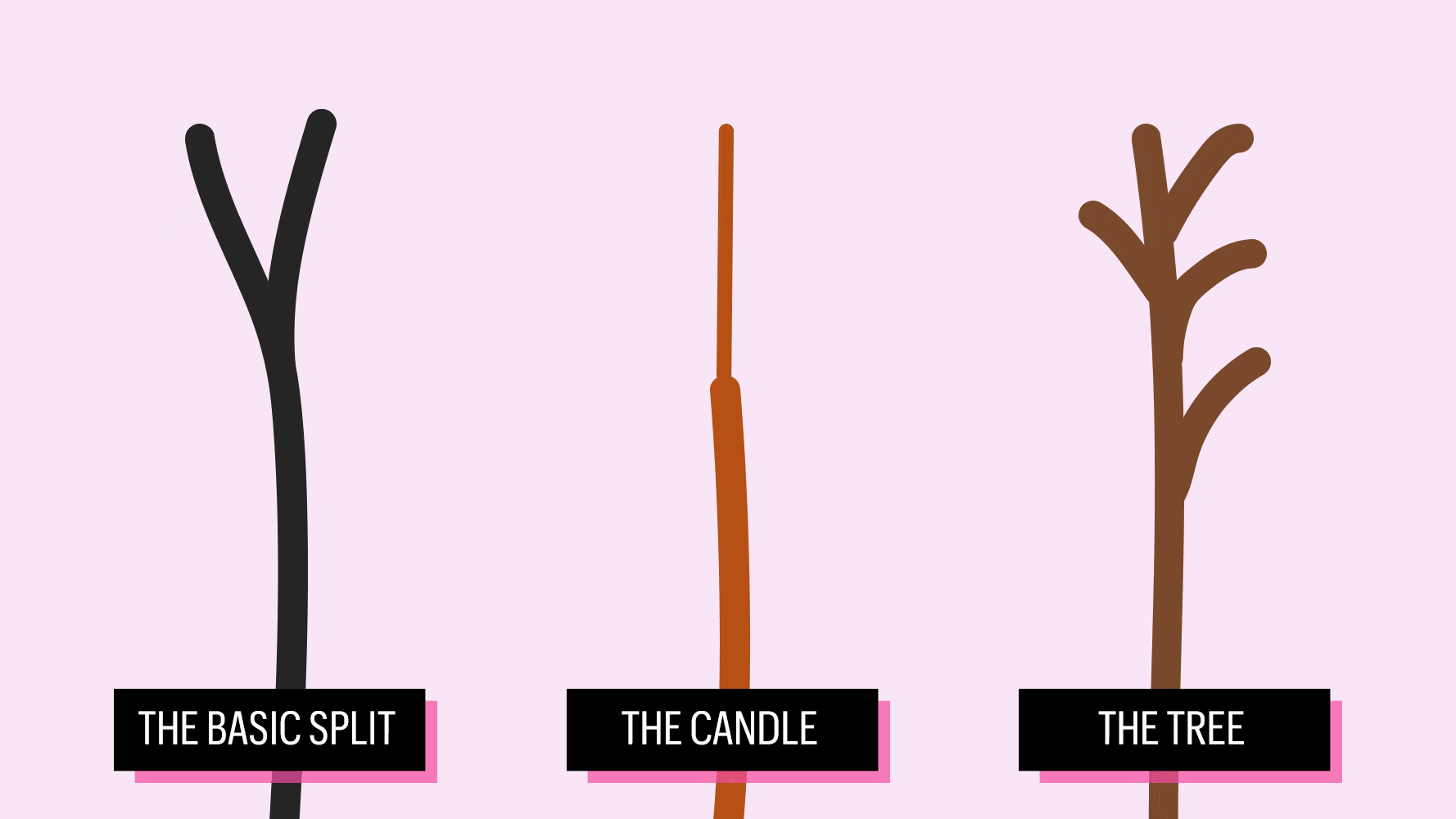

Yes, the origin of every split end may be the same—weathering and damage—but that doesn't mean that each fiber doesn't have its own story to tell. On average, women spend 1.5 years doing their hair with their own unique combination of brushing, washing, coloring, blow drying, flat ironing, or curling it. "From a scientist's perspective, there are an infinite number of combinations of split ends," explains Eric Spengler, SVP of Research & Development at Living Proof.
Because that's an overwhelming thought (especially because we're strangely addicted to picking at our ends), we're shedding light on how they go from pristine and pin straight to frayed rope status with the six most common types of split ends.
1.
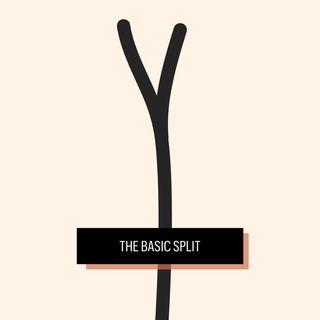
"These are probably the most common types, examples of early split development. In these cases, cortical cells are still largely held together but large sections are beginning to separate," explains Spengler.
What they say about you: Your strands need more nourishment, but it's not too late! Use a treatment that helps seal and heal your ends like Living Proof's Perfect hair Day Fresh Cut Split End Mender, stat.
2.
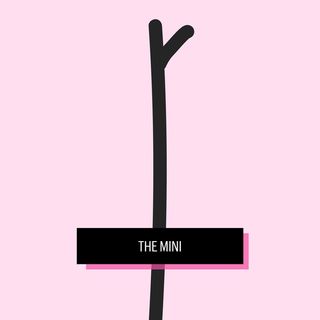
"Like the basic split, the mini is very common and an example of early split development," he says.
What they say about you: Again, your ends are thirsty but not beyond repair. Seal and heal those ends before it's too late.
3.
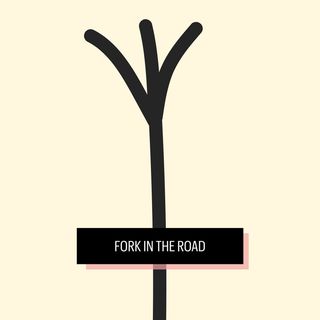
"These are slightly less common as the basic split and mini and are examples of more damage to the hair fiber," says Spengler. "The fork in the road shows more widespread damage and more significant splitting."
Stay In The Know
Marie Claire email subscribers get intel on fashion and beauty trends, hot-off-the-press celebrity news, and more. Sign up here.
What they say about you: Your hair could use more deep conditioning mask treatments (Living Proof's Restore Mask Treatment is a game-changer), as well as a couple more trims a year.
4.
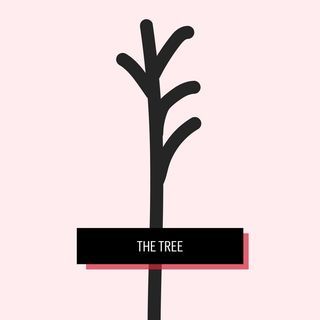
"The tree shows an example where more damage has occurred to one side of the hair fiber than the other and as a result several 'branches' of cortical cells are beginning to separate," he explains.
What they say about you: You need to book a haircut appointment ASAP. Going forward, use products that protect the hair from excessive weathering (look for formulas that contain the ingredient OFPMA).
5.

"The candle is an example of significant loss of the outer cuticle with no split having started but is highly susceptible for it to begin at anytime," says Spengler.
What they say about you: You need a trim (duh!), but in the meantime use a split end treatment or nourishing essential oil to do some pre-damage control.
6.
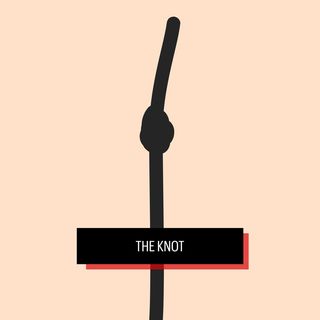
"Single strand knots are self explanatory," he says. "Curly hair types have this problem where the curl has tangled and has caused its own knot. It will typically cause the hair to break at that spot from brushing."
What they say about you: If you have curly hair, you need to be extra careful when you brush it so as not to cause breakage.

Lauren is the former beauty editor at Marie Claire. She love to while away the hours at coffee shops, hunt for vintage clothes, and bask in the rough-and-tumble beauty of NYC. She firmly believes that solitude can be a luxury if you’ve got the right soundtrack—that being the Rolling Stones, of course.
-
 The Barn Jacket Is Fashion's Hardest-Working Spring Coat Trend
The Barn Jacket Is Fashion's Hardest-Working Spring Coat TrendFrom Prada's new luxury version to Carhartt's rugged staple piece, it's the in-crowd's latest style fixation.
By Sara Holzman Published
-
 After a Toddler Named Tyler Says “Beyoncé Is My Friend” In a Viral TikTok, She Reaches Out with Flowers, Gifts, and a Confirmation of Their Friendship
After a Toddler Named Tyler Says “Beyoncé Is My Friend” In a Viral TikTok, She Reaches Out with Flowers, Gifts, and a Confirmation of Their Friendship“I see your halo, Tyler.”
By Rachel Burchfield Published
-
 Sophia Bush Publicly Comes Out as Queer For the First Time in Moving Personal Essay
Sophia Bush Publicly Comes Out as Queer For the First Time in Moving Personal Essay“I finally feel like I can breathe.”
By Danielle Campoamor Published
-
 The 32 Best Hair Growth Shampoos of 2024, According to Experts
The 32 Best Hair Growth Shampoos of 2024, According to ExpertsRapunzel hair, coming right up.
By Gabrielle Ulubay Published
-
 The 20 Best Hair Masks for Damaged Hair, According to Experts and Editors
The 20 Best Hair Masks for Damaged Hair, According to Experts and EditorsHealthy strands, here we come!
By Gabrielle Ulubay Last updated
-
 How Often You Should Wash Your Hair, According To Experts
How Often You Should Wash Your Hair, According To ExpertsKeep it fresh, my friends.
By Gabrielle Ulubay Published
-
 The 11 Best Magnetic Lashes of 2023
The 11 Best Magnetic Lashes of 2023Go ahead and kiss your messy lash glue goodbye.
By Hana Hong Published
-
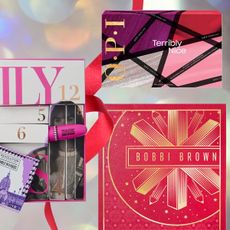 Beauty Advent Calendars Make the Perfect Holiday Gift
Beauty Advent Calendars Make the Perfect Holiday GiftThe gift that keeps on giving.
By Julia Marzovilla Last updated
-
 The 18 Best Natural Hair Products in 2023
The 18 Best Natural Hair Products in 2023Remember: Your curls are your crown.
By Gabrielle Ulubay Published
-
 The 9 Best Hot Rollers for the Curls of Your Dreams
The 9 Best Hot Rollers for the Curls of Your DreamsThis is how we roll.
By Samantha Holender Published
-
 The 12 Best Cream Eyeshadows, According to Makeup Artists
The 12 Best Cream Eyeshadows, According to Makeup ArtistsThe best part? They’re so easy to apply.
By Samantha Holender Published